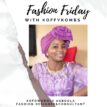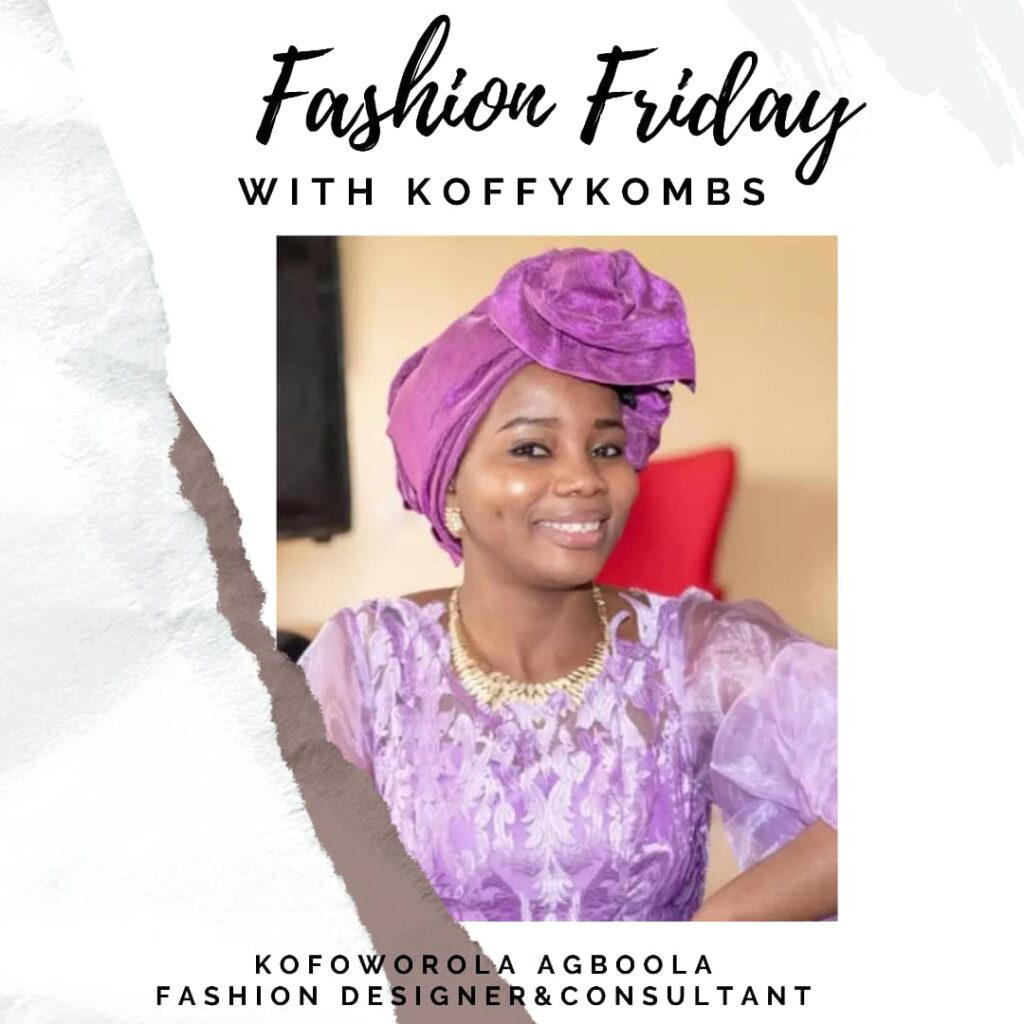

Kofoworola Agboola

There are 3 basic elements that must be infused into a design for it to be acceptable and stand the test of time.
These include:
-Structural design
-Technical design
-Decorative design
As a new designer, your focus will naturally be more attuned to the decorative details you want to put into your garment, however, if you look back to when you have always bought clothes for yourself, you will realise that other things apart from the design of the dress made you buy that outfit ie, functionality, or comfortability etc.
Let’s explore each of these elements
STRUCTURAL DESIGN
The structural design of a garment entails all the elements infused into the garments to make them durable. This is also a type of design and the most important one. ie, the type of stitches, interfacings, notions, and trims used, will go a long way to determine the durability of that garment.
For example, when working with a knit/stretch fabric, Stretch stitches like lightening bolt stitch, zig-zag stitches, triple straight stitches etcetera should be used to stitch that garment.
A straight stitch doesn’t have enough stretch to stand the pull of stretchy fabric and will likely result in popped Seams.
ALSO READ: Gulder Ultimate Search is back
Also, when working with non-stretch fabrics, a number of stitches per inch is required for the stitches to stand the test of time(7-8 stitches per inch sewn).
The structural element of your garment is important to the success of your business. Happy clients are returning clients
FUNCTIONAL DESIGN
The functional design of your garment is the comfortability of the garment. It entails all the elements infused to make the garment comfortable to wear. that is the position of pockets, wideness of necklines, length of zippers, the position of zippers, ease of wearing and walking etc.
If your target clients are young fashionable women, they will likely wear weaves, and then your choice of necklines for dresses without zips should be considerably wide enough for them to wear without smearing their makeup or scattering their hair.
If the outfit is going to have pickets, the pockets should be positioned and deep and wide enough for the hands to rest comfortably etc.
DECORATIVE DESIGN
The decorative elements in a garment will differ from one designer to another because what inspires one person may not inspire another, however, some skills also need to be developed in the delivery of proportion, pleasing lines, colours, and shapes when designing a garment.
For instance, horizontal lines on a garment make the body appear wider, while vertical lines give an appearance of slim ess, dark colours are used to minimize areas where we want less attention a while vivid colors are used for areas with more attention etc.
In a nutshell, when it can be said about a garment “The stitches are so neatly sewn and sturdy, and it’s soo comfortable and easy to wear, and wow, that beautiful bow perfectly accentuates the garment ” Then that garment has passed the ultimate test.
Kofoworola Agboola is a fashion designer, coach and consultant and can be reached on kofoagboola@gmail.com
The post Elements successful fashion designers infuse into their garments appeared first on Vanguard News.
0 Commentaires